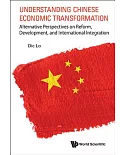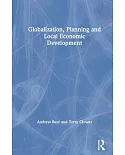While it is possible for economies to grow based on abundant land or natural resources, more often structural change-the shift of resources from low-productivity to high-productivity sectors-is
the key driver of economic growth. Structural transformation is vital for Africa. The region’s much-lauded growth turnaround since 1995 has been the result of making fewer economic policy
mistakes, robust commodity prices, and new discoveries of natural resources. At the same time, Africa’s economic structure has changed very little. Primary commodities and natural resources
still account for the bulk of the region’s exports.
Industry is most often the leading driver of structural transformation. Africa’s experience with industrialization over the past thirty years has been disappointing. In 2010, sub-Saharan
Africa’s average share of manufacturing value added in GDP was ten per cent, unchanged from the 1970s. Actually, the share of medium- and high-tech goods in manufacturing production has been
falling since the mid-1990s. Per capita manufactured exports are less than ten per cent of the developing country average. Consequently, Africa’s industrial transformation has yet to take
place.
This book presents results of comparative country-based research that sought to answer a seemingly simple but puzzling question: why is there so little industry in Africa? It brings together
detailed country case studies of industrial policies and industrialization outcomes in eleven countries, conducted by teams of national researchers in partnership with international experts on
industrial development. It provides the reader with the most comprehensive description and analysis available to date of the contemporary industrialization experience in low-income Africa.





















